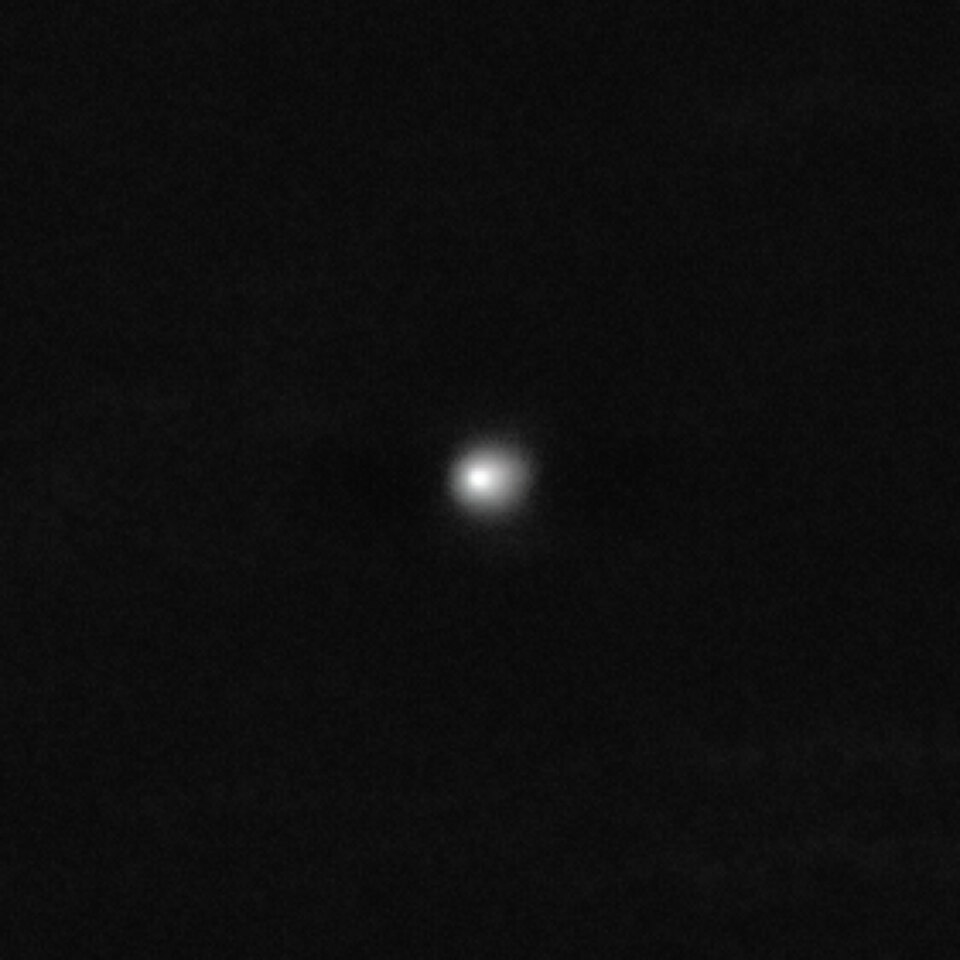Analyzing 3I/ATLAS: An Interstellar Object's Elongated Image and Implications

In July 2025, new images of the interstellar object 3I/ATLAS have sparked significant interest among astronomers, revealing a distinct elongation along its trajectory. Observations indicate that this elongation, resulting from the object's high velocity of approximately 60 kilometers per second and the telescope's exposure time of about 100 seconds, aligns with predictions based on the object's movement rather than suggesting the presence of a cometary tail. This finding raises intriguing questions about the nature and origins of 3I/ATLAS, which is currently estimated to have a diameter of 20 kilometers based on its brightness and reflectance.
The implications of 3I/ATLAS extend beyond mere observation. "The elongation observed in the images is consistent with a scale of around 6,000 kilometers, equating to approximately the radius of Earth," stated Dr. Sarah Johnson, Professor of Astronomy at Stanford University. The object's unusual trajectory, as discussed in a recent study co-authored by Dr. Avi Loeb, the head of the Galileo Project, suggests that 3I/ATLAS may not merely be a comet but rather an extended dust cloud with a potentially smaller nucleus.
Historical context is critical for understanding these observations. 3I/ATLAS was first detected during a five-year survey by the Asteroid Terrestrial-impact Last Alert System (ATLAS). According to Loeb, previous discussions have suggested that the mass supply required for 3I/ATLAS to originate from the Milky Way galaxy is implausibly high, leading to a hypothesis that it could be related to advanced technologies potentially developed by extraterrestrial civilizations.
The spectroscopic data so far does not exhibit the gas characteristics typical of cometary bodies; instead, it shows a reddening effect consistent with a compact dust cloud. This observation aligns with the findings published in the 2023 paper by Loeb and his colleagues in *Astrophysical Journal Letters*, which concluded that the observed properties of 3I/ATLAS could indicate it is an artificial object rather than a natural formation.
Industry experts echo these sentiments, with Dr. Emily Chen, an astrophysicist at the European Space Agency, stating, "The potential for 3I/ATLAS to be an artificial construct raises significant questions about our understanding of interstellar objects and the limits of our observational capabilities."
Moreover, the concept of advanced spacecraft traveling at relativistic speeds is increasingly relevant in the discourse surrounding 3I/ATLAS. The Breakthrough Starshot Initiative, a project aiming to develop spacecraft capable of traveling at 20% the speed of light, highlights the potential for future exploration beyond our solar system. However, as Loeb notes, current telescopes may not be able to detect such fast-moving objects, as the image would be smeared into a faint line due to the limited sensitivity of our instruments.
In conclusion, the discovery and analysis of 3I/ATLAS not only challenge existing paradigms in astronomy but also provoke deeper inquiries about our place in the cosmos. As technology advances, the pursuit of understanding such interstellar phenomena may bring us closer to answering profound questions about the existence of extraterrestrial civilizations. The need for enhanced observational methods, such as those capable of detecting gravitational waves from relativistic objects, underscores the importance of continued investment in scientific exploration. The findings surrounding 3I/ATLAS are a reminder that while we strive to understand the universe, much remains beyond our current capabilities, suggesting that the answers to Fermi's question "Where is everybody?" may still lie just out of reach.
Advertisement
Tags
Advertisement





